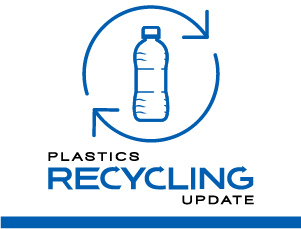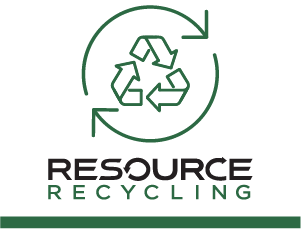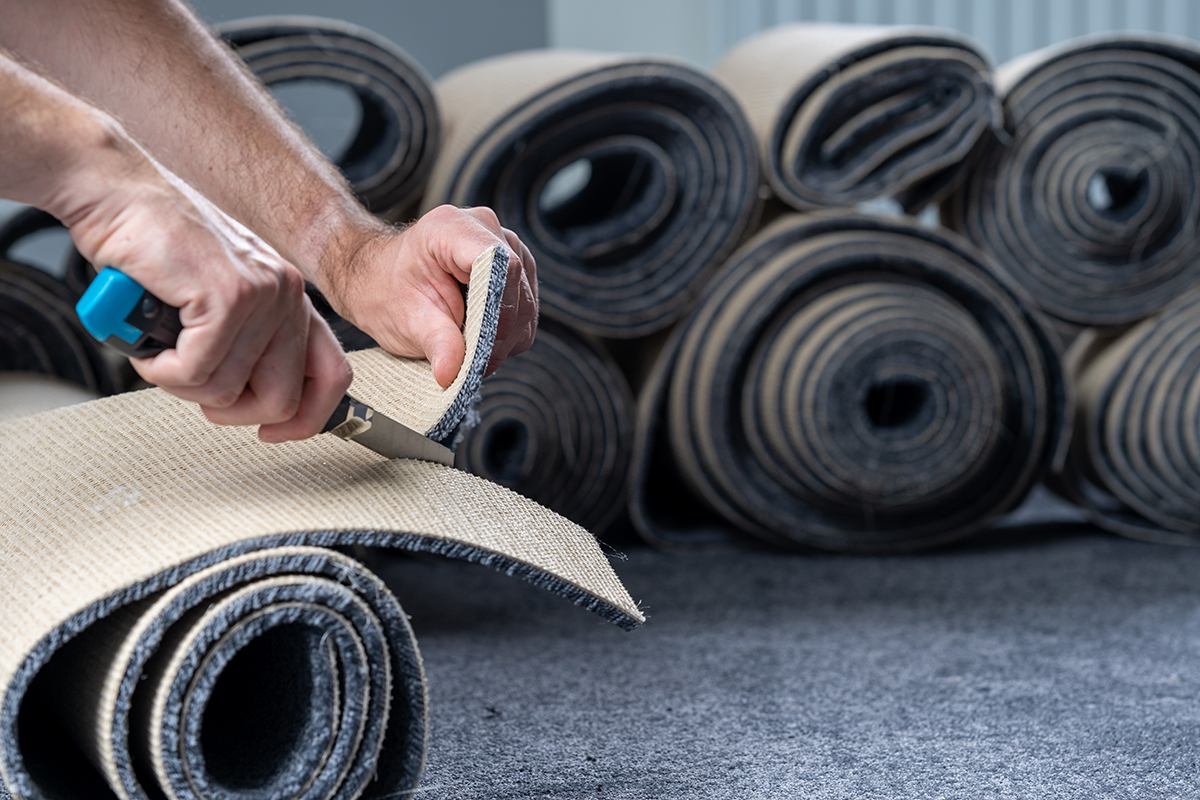Faced with public scrutiny over the use of plastic packaging, a growing number of brand owners are touting their switch to paper-based alternatives, including recent moves by Driscoll’s, Nestlé, Mars and more.
Choices vary by product type, locale
Many of these developments are taking place in Europe, the UK and Australia, because beyond consumer pressure, these regions also have increasing legislation and more robust collection and recycling schemes.
The transition is also highly dependent on the needs of the product. Substituting paper for plastic is often viewed as a quick and logical solution, such as in areas with bans on plastic film bags or to replace plastic shipping pillows. But the reality is not always so simple, especially for food-contact packaging.
While replacing high-performance plastics can be complex, financial penalties or reporting requirements for using plastic – such as Canada’s federal plastics registry and the UK’s plastic tax – still could encourage both domestic and importing companies to opt for paper-based materials.
Consumers view paper “as a high-value and environmentally friendly material,” according to a 2021 study published in the UK journal Foods, and flexible packaging for food items was viewed as a revolutionary solution to help lightweight packaging, lower carbon emissions and increase supply chain efficiency.
However, the current limitations of paper-based products could conflict with consumer priorities of hygiene and food safety, as indicated in a 2023 McKinsey report, and the frequent inability to recycle such packaging may have contributed to the backlash against plastics.
The Ellen MacArthur Foundation does provide guidance for substituting paper-based materials for flexible plastic packaging, and says that paper-based flexibles could apply to about 15% of applications in which plastic flexibles are used. However, the organization acknowledges that “significant sourcing challenges mean substitution to paper-based flexibles must be very carefully considered,” including the impact on global demand for virgin wood.
The organization also notes that paper-based packaging should be designed with both recycling and composting in mind, including making sure that all inks, adhesives and other components are compatible. And despite a higher average recycling rate for paper than for plastics, high-quality recycling of business-to-consumer paper flexibles is “still quite low, particularly for food-contact paper packaging and needs to markedly increase,” according to the foundation.
New barrier coatings advance adoption
As new developments in barrier coatings emerge, paper-based packaging applications have expanded to frozen prepared meals and beauty and wellness products, according to U.S.-based packaging materials company Smurfit Westrock on its website.
While paper provides a lightweight, easily transportable option, product visibility can be an obstacle, the company said, adding that some brands could opt for paper-based containers with cutouts or including plastic or bioplastic film inserts.
One example is berry giant Driscoll’s, which is testing paper packaging with a clear plastic film window, replacing PET thermoforms in certain East Coast markets, according to a LinkedIn post by Naomi Sakoda, senior product marketing manager at Driscoll’s. The company launched its paper berry packs in the U.K. in mid-2023. In addition, Driscoll’s replaced 1,572 metric tons of plastic packaging with paper packaging in markets in both the Americas and Europe.
However, Driscoll’s has also been vocal about its efforts to increase thermoform-to-thermoform recycling especially in North America.
“Our packaging suppliers are under the directive to source as much recycled PET clamshells as available to meet our 2025 goals,” according to the company’s 2024 report to the Ellen MacArthur Foundation. “By weight on average, 11% of our clamshell plastic was post-consumer recycled content from PET clamshells in 2023.”
The report also noted that the company had slowed its European Union transition to paper packaging “due to challenges we experienced in 2023,” and that they continued to pursue improved plastic containers, or punnets, “that are 100% recyclable, protect our berries, and minimize food waste.”
Mars, Nestle start with candy
In its 2024 report to the Ellen MacArthur Foundation, snacking giant Mars said it had eliminated 1,071 metric tons of multilayer materials by using paper alternatives, with 75% of the difference coming from converting M&M’s pouches in North America to paper. The company also debuted a chocolate bar wrapped in paper-based packaging in Germany in 2021, several bars wrapped in curbside-recyclable paper packaging in Australia in early 2023, and a pilot project for its flagship Mars bar in the U.K. in 2023. Also in Australia, Mars announced in late 2024 it would trial paper-based squeeze packs for its MasterFoods brand of tomato sauce.
“We’re often asked why we don’t make all our packaging out of paper,” the report authors wrote. “Paper is a great packaging material for many applications but does come with its own challenges,” including higher water requirements than flexible plastic, more space constraints in shipping, and its limitations for containing and protecting wet products.
In its 2023 sustainability report, the company noted it had piloted paper-wrapped KIND bars in the U.S., Mars Bars in the U.K., Juicy Fruit gym in Kenya and M&M’s in China and the U.S. It also has developed monomaterial packaging from PP for its pet-food brands including Iams, Pedigree and Whiskas.
Nevertheless, the brand cautioned that “redesigning a package so that it uses just one material may seem simple but can be difficult to achieve,” noting that each functional layer provides moisture barrier, tear resistance and compatibility with ink printing.
Much of the Mars product portfolio is packaging in flexible plastics for lightweighting and barrier purposes, but the company is working to replace some plastic packaging with recyclable or compostable paper-based options, according to the report.
Another global food giant, Nestlé, started using paper-based alternatives on products that are less sensitive to air, temperature and moisture, such as its Smarties and KitKat sweets. The company used those lessons to inform its expansion into packaging coffee, which is less tolerant of temperature and moisture conditions.
In May 2024 in the United Kingdom the company introduced a curbside-recyclable paper refill pack for its Nescafé product line. Although the company said the container reduces packaging weight by 97% – the same figure the company cited when introducing refill pouches made of flexible plastics – the weight savings are as compared to the traditional glass jar. In the U.S., the company introduced paperboard canisters for its Vital Proteins in September 2024.
Toward the end of 2024, Nestlé began a trial run for a paper pack for its Quality Street line of chocolates in the U.K. that also was touted as fitting more units on a pallet than previously was possible. Previously, Nestlé had switched to curbside-recyclable paper wrappers for the individual candies, diverting more than 2 billion plastic wrappers from landfills, according to a press release from Smurfit Westrock, which developed the paper tins.
Smurfit Westrock also recently announced a recyclable paper pallet wrap in Europe, to replace LLDPE stretch film.
Additional reporting by Marissa Heffernan
























